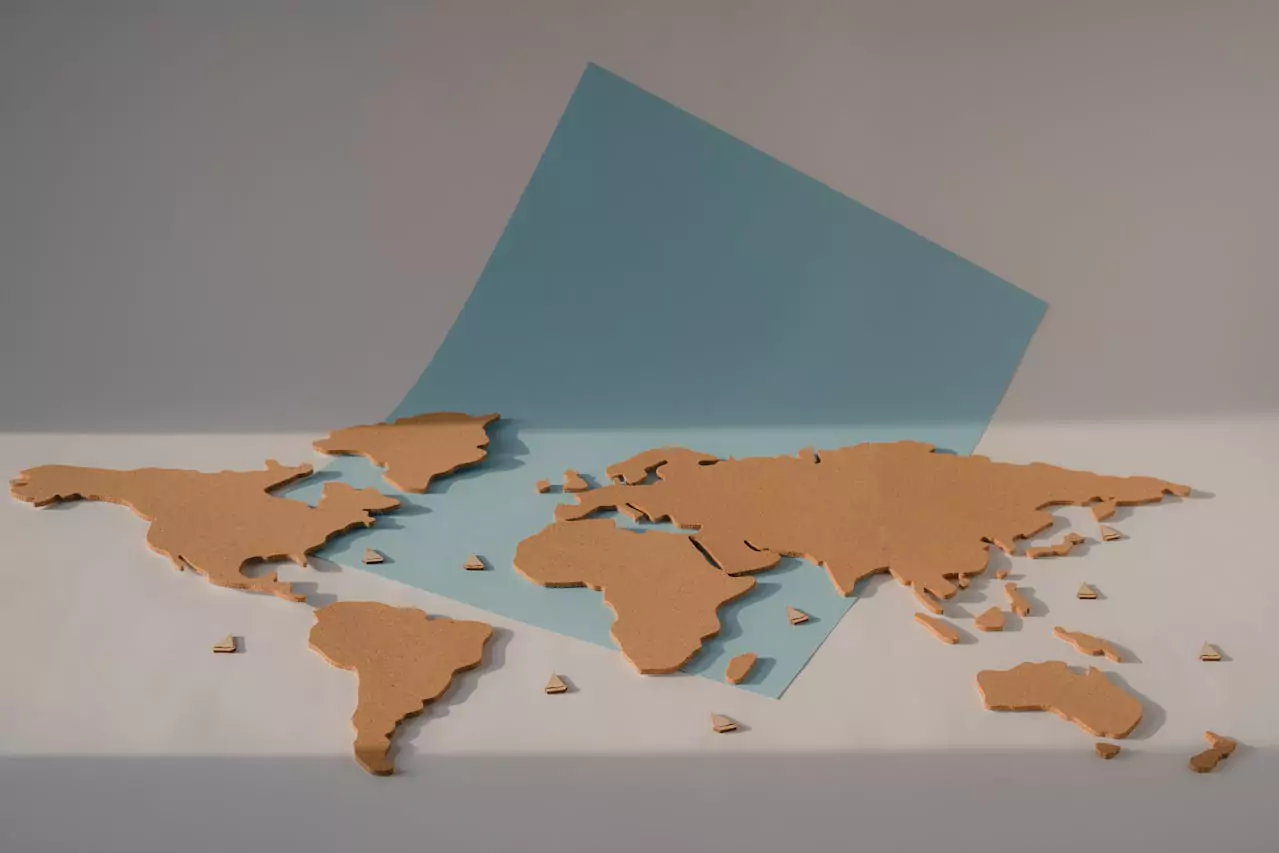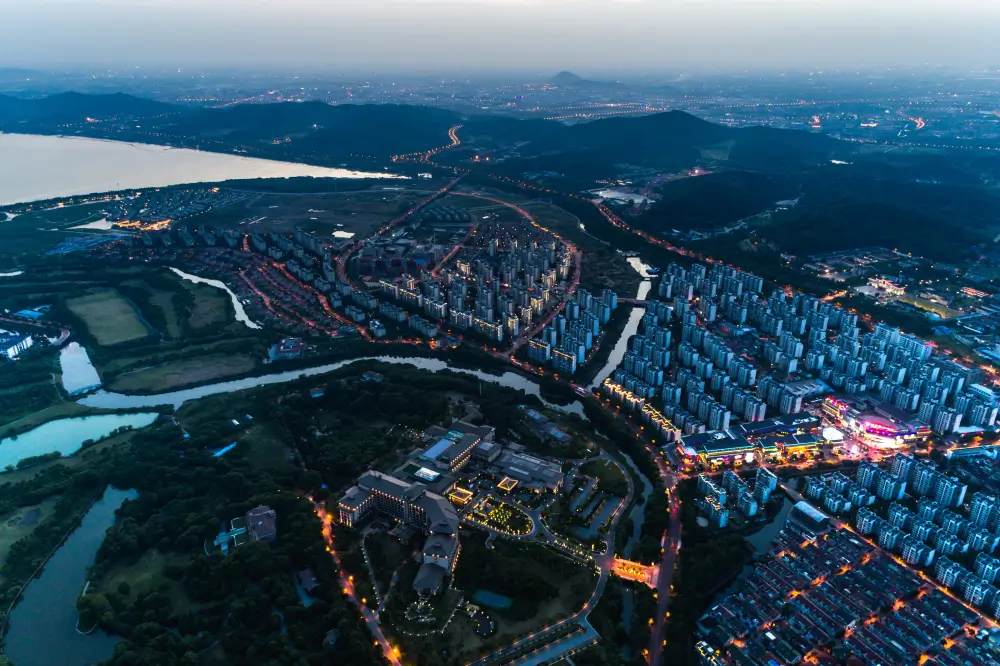An Introduction to Trans-Regional Railways in Africa
An Introduction to Trans-Regional Railways in Africa
The African Route
A Vision
Economics have forever known an alchemy-like effect to an equation comprised of resources, gates to the world and logistical facilities. Application of such combination can be seen as early as the Silk Road or as recently as the Trans-European railway network. The impact of such complementary factors is usually the intensification of trade and capital gain. So, imagine a pathway which connects the Nile Valley’s wealth to the diamond rich African Heart; a track bringing together the Gold of the South with the Ancient Ports to the North or the Ivory gates of the West and the Indian Ocean Coast. Such an ambitious network connecting the world’s demand and shortage to the African supply and surplus, and vice-versa, could create a climacteric junction in the history of global economy. This vision, as poetic as it can be, could become a reality and it has been in fact sought.
The Cape to Cairo Railway
During the colonial era, the British Empire had managed to stretch its arms across the African continent. Seeking opportunity in such circumstances, Cecil Rhodes, a British businessman and politician had a vision of a railway that would connect edges of the Garden of Eden we call Africa. The project was named Rhodes Colossus, in reference to Greek titan statue (Phan, 2012).
The main aim of the project was to facilitate the movement of the precious minerals, as well as provide a land supply line. However, due to delays caused by colonial skirmish, economic constraints and the death of Cecil, the railway construction failed, leaving some functional yet not fully linked railways (Talbot, 2015).
Surely, times have changed since the conception of this African scale project. So, in order for such a scale project to take place, a feasibility test needs to be undertaken, bearing in mind the diverse range of contemporary factors, opportunities and challenges.
Feasibility
In terms of economies, it’s clearly visible that over the past 15 years, most African countries had experienced economic growth rates of around 5% per year. However, African states are not amongst the ranks of nations orienting their growth on competitive manufactured products but rather natural resources and domestic market growths (Zamfir, 2016). The question of “why have a trans-regional railway in Africa?” is answered by the African economic atmosphere and the opportunities an infrastructure project connecting land locked minerals to ports would bring the critical mining industry.
Given the world’s constant need for African minerals and the ever-expanding global manufacturing and logistics, rapidly moving more amounts of material out of their source and nearer to demand could further improve the competitiveness of exporters. This makes the infrastructure improvement sought by both the private and public sector, as evidence suggests that African regions with longer transport corridors attract higher density of trade (African Economic Outlook, 2017). And on the contrary to how this seems to miss diversification elements developing nations might aspire, better infrastructure could facilitate future industrial projects. Regional scale railways would allow for new manufacturing possibilities owing to the speed with which minerals would travel from source to processing or manufacturing plants (Ott, 2014). A demonstration of the railway speed can be found in the new Chinese funded Standard Gauge train in Kenya.
Nonetheless, there is a difference in reasons behind constructing a trans-regional railway in the East or the West and another in connecting East to West. This difference can be divided into purpose and impact. For example, the purpose behind constructing a regional railway connecting Eastern Africa would mainly be connecting the East into a fast shipping system and networking the landlocked areas with the ports that would act as trade hubs. Its impact would be further development of the Eastern African trade with other regions at a geographical marine proximity – Asia in this case. The impact of such a railway would be a surge in African-Asian trade if conducted in the East and African-Western trade if conducted with proximity to the Western shores. On the other hand, a railway connecting East to West would also be aimed at African-African trade as it is inefficient to assume that such a railway would be mainly aimed for international trade. For example, if a container ship is to move from Shanghai to Lagos, it would take 21 days on the shortest maritime route with the average cargo ship speed of 20 knots. While if such a trip was made through unloading in Mombasa and then moving by a railway to Lagos at a speed of 100 km/h, it would take no less than 15 days – assuming the most direct way between both cities can be made into a railway and excluding factors such as transit delays that could be in weeks.
This can add expenses and risks to the shipping process which makes it less reasonable to use the railway for intercontinental trade, but rather African-African trade. A railway connecting Egyptian ports to South Africa also faces critical issues when approaching it for intercontinental trade. While it might in fact save time and present an eco-friendly solution to move European cargo by land across the continents poles, it remains less safe than a maritime route given the various organizational, security and legal challenges that might arise. Nonetheless, the impact of such a railway could initially be an improvement to the lagging African-African trade thwarted by the need of an improved infrastructure (Joel Ng And Densua Mumford, 2017). Governments have in fact realized the significance of such a route, which translated into the African Tripartite Free Trade Area agreement denoted to as the “Cape-to-Cairo” free trade zone. The agreement signed in Egypt encompasses nations equating about 60% of African GDP, 1 trillion dollars’ worth markets and 600 million citizens. However, the trade still faces many challenges, one of which is infrastructure (BBC, 2015).
After realizing the compatibility of trans-scale railway projects with African internal and external needs, the question of funding is brought to one’s mind. Such scale projects are costly and their payoff is more visible in the long term, making it more feasible to conduct by multiple economies. This brings about the question of “How could such project be funded?” Given the positive outlook on China in Africa and the growing Chinese investment in Africa, it would be reasonable to seek Chinese funding and loans in order to move on with projects that are perhaps the next step in regionalizing African economies. Another factor pointing towards China is the Chinese institutionalization of infrastructure funds through the Asian Infrastructure Investment Bank (AIIB) which might have led the African Bank Chief to express his interest in future cooperation with the AIIB (Reuters, 2015). Moreover, since 2000, China has in fact supported inter-city railway projects in Africa with $9.9 bn worth of aids (Morlin-Yron, 2017). In Mauritania, for example, China provided the state with 70% funds, equating to US$686 mn, in 2008 to create a 430-km long railway connecting coastal Nouakchott to landlocked phosphate sources (Xinhua Agnecy, 2008).
Another recent example is the $4 billion Nairobi to Mombasa railway, 90% of which is funded by the Chinese Export Import Bank (David Pilling & Emily Feng, 2017). The project comes in light of Chinese investment in a $13 billion East African railway network being built by the state-owned China Road and Bridge Corporation. The “Lamu Port Southern Sudan-Ethiopia Transport Corridor” railways are designed to connect Mobasa, Nairobi, Juba, Kampala, Kigali, Bujumbura and other East African cities. This is expected to have an impact on the African-Asian exports, imports, investment, trade and even tourism. Chinese investment is also a funding possibility, where China Railway Materials Commercial Corporation has invested £167 mn in African Minerals Limited in return for stocks. The funds were in turn used to support infrastructure projects needed by the industry (African Minerals, 2010). However, with different regional considerations of proximities and trade interests put in place, Chinese funding my not necessarily always be the answer. Nonetheless, it remains one of the most visible answers to the question.
All in all, the trend suggests that regional sized projects are very feasible as some are in fact underway. The current outlook seems to favor trans-regional railways as they present themselves being the more profitable and favorable option, while trans-continental projects are less likely to take place due to the lack of cooperation among different African regions and weakness of African production of goods. Nonetheless, the impact of the ongoing projects will be more visible in the future, and the intensification of trade that happens due to it will certainly set new business grounds worthy of research.
Ahmed Soliman, Business Translator at Infomineo.
Infomineo is a business research provider, with a focus on Africa and the Middle East. By performing primary and secondary research, Infomineo provides its clients, which include the majority of the leading global management consulting firms and several Fortune Global 500 companies, with high quality data that leads to decision making success. For more information please contact info@infomineo.com or visit www.infomineo.com.
References
African Economic Outlook. (2017). Trade policies and regional integration in Africa. http://www.africaneconomicoutlook.org/en/outlook: AfDB.
African Minerals. (2010). Definitive agreements signed with China Railway Materials Commercial Corporation to develop Tonkolili Iron Ore Project. http://www.african-minerals.com/media/press-releases/definitive-agreements-signed-china-railway-materials-commercial-corporation.
BBC. (2015). Africa creates TFTA – Cape to Cairo free-trade zone. http://www.bbc.com/news/world-africa-33076917.
David Pilling & Emily Feng. (2017). Kenya’s $4bn railway gains traction from Chinese policy ambitions. https://www.ft.com/content/d0fd50ee-1549-11e7-80f4-13e067d5072c: Financial Times.
Economic Community Of West Africa States. (n.d.). Transport. http://ecoslate.github.io/transport/index.htm.
Joel Ng And Densua Mumford. (2017). The TFTA and intra-regional trade in Africa. https://www.howwemadeitinafrica.com/tfta-intra-regional-trade-africa/: How we made it in Africa.
Morlin-Yron, S. (2017). All aboard! The Chinese-funded railways linking East Africa. http://edition.cnn.com/2016/11/21/africa/chinese-funded-railways-in-africa/: CNN.
Ott, S. (2014). End of the line for ‘Lunatic Express?’ Kenya begins multi-billion dollar railway. http://edition.cnn.com/2014/01/06/business/end-of-the-line-kenya-railway/: CNN.
Phan, S. (2012 ). Cecil Rhodes: The Man Who Expanded an Empire. Teacher Created Materials.
Reuters. (2015). Africa bank chief wants to work with China-led AIIB. http://uk.reuters.com/article/uk-asia-aiib-africa-idUKKBN0N520T20150414.
Talbot, F. A. (2015 ). The Railway Conquest of the World. Amberley Publishing Limited.
Xinhua Agnecy. (2008). China Exim Bank to finance railway project in Mauritania. http://www.chinadaily.com.cn/bizchina/2008-01/23/content_6417458.htm.
Zamfir, I. (2016). Africa’s Economic Growth: Taking off or slowing down? European Parliamentary Research Service.








